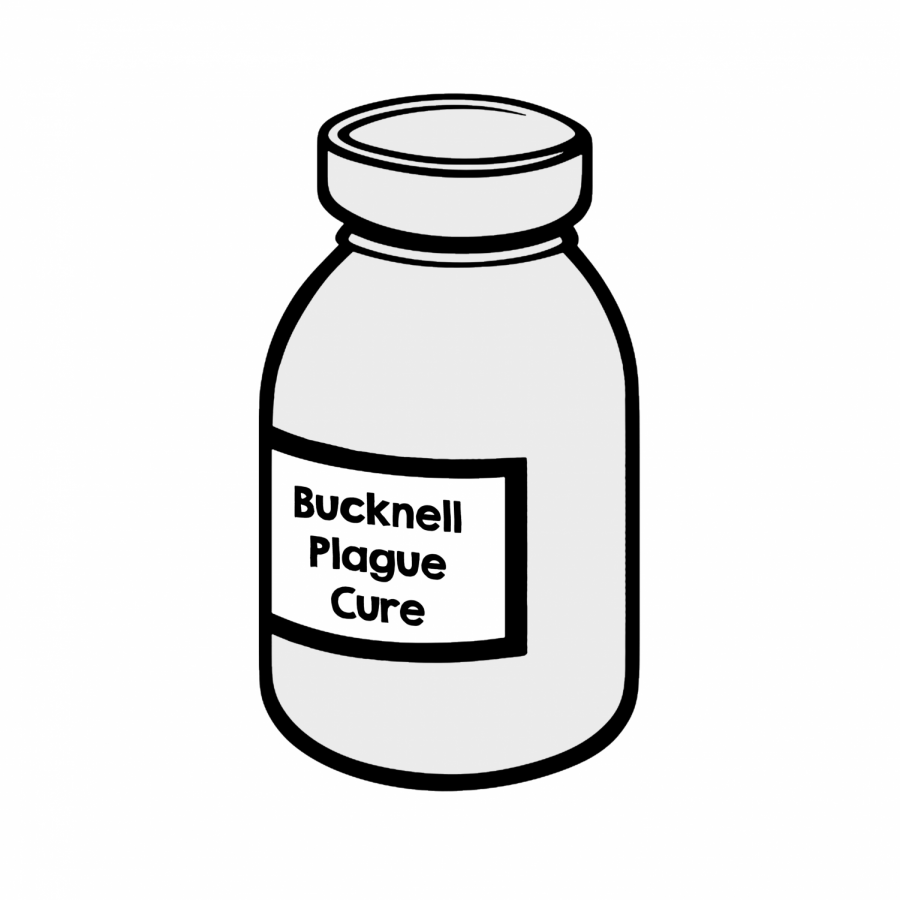Biomed department discovers cure for University plague
September 12, 2018
Biomedical engineering undergraduates experienced a breakthrough on Sept 10. regarding their research on the infamous fall plague that devastates the University. According to sources close to the official team, not only have they discovered the root cause of the virus, but they have also created a revolutionary vaccination that will prevent students from contracting the disease entirely.
Annie Biotics ’19, the lead researcher for the project, stated in an interview that her team has been able to pinpoint exactly where the plague is prone to strike.
“After several years of extensive genetic testing,” Biotics said, “we have identified the infective agent that leads to such severe outbreaks across campus. Our team has nicknamed it ‘Hypersensitive Pathogenic Weapon’ or ‘HPW’ for short.”
According to their studies, the virus is spread through a variety of specific objects on campus. Natural Light, for instance, seems to be a breeding ground for the pathogen, creating a clear pathway into an unsuspecting student’s body.
“Natty is the primary carrier of HPW,” Biotics said, analyzing a can under the lens of her microscope. “However, it is not the only one. We also have reason to suspect the Flyson nacho tots and Domino’s cheesy bread as targets of the virus.”
While the medical team races to mass-produce a cure, the toll of this annual infection can be felt across the entire campus. According to several sources in McDonnell Hall, efforts have already been made to isolate sick residents from healthy ones.
“We call it the quarantine zone,” Ann Fluenza ’22 said. “Ever since my roommate Trish got sick, we started draping a wall of blankets around her bed like a military hospital tent.”
Fluenza showed us the set-up, as well as the silhouette of Trish Wishman ’22 hidden behind a pile of blankets, Advil bottles, and bowls of chicken noodle soup.
“Whenever she gets hungry, she rings a bell and we bring her back Caf. Whenever she has class, we Skype her in,” Fluenza said. “She hasn’t seen the sun in a while, but infection rates on our floor have gone way down.”






















